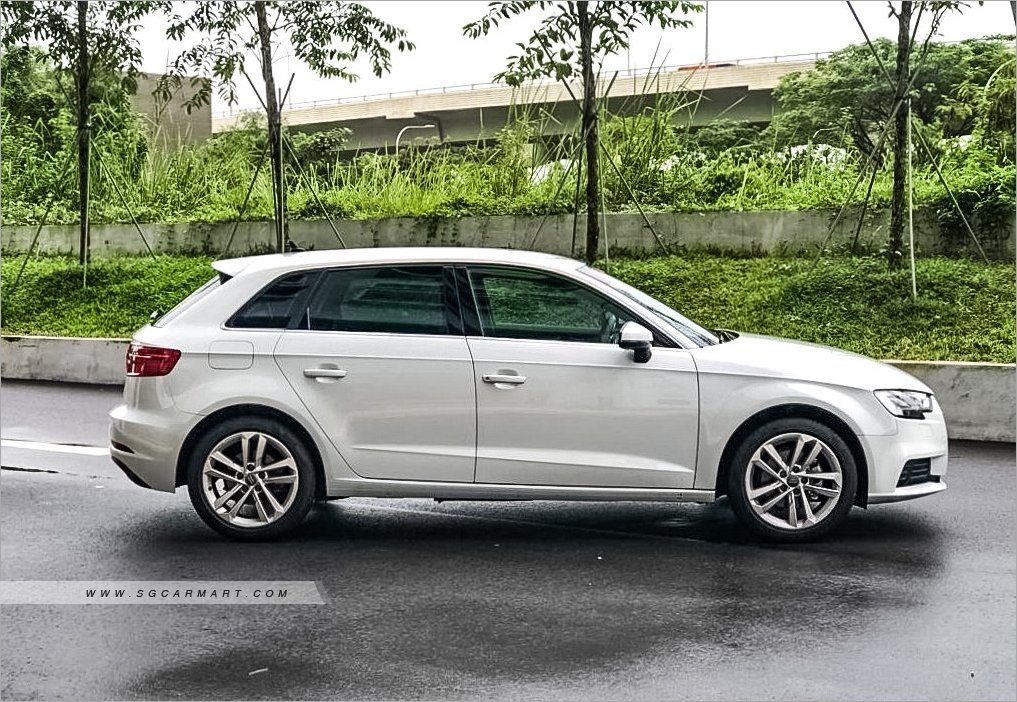Kenya’s road infrastructure plays a crucial role in the country’s economic development and social integration. Among the most vital roads in Kenya is the A3, an integral part of the East African Road Network. Connecting major cities and regions, the A3 Kenya serves as a primary route for both domestic and international trade. This article will explore the A3 Kenya road, its historical context, current state, and the significant role it plays in the economy, transportation, and daily life in Kenya.
What is A3 Kenya?
The A3 Kenya is a key road that forms part of the Trans-African Highway Network, connecting Kenya’s capital city, Nairobi, to the coastal city of Mombasa. The A3 is a critical link for trade between the interior of Kenya and the port of Mombasa, one of the busiest ports in East Africa.
Route and Key Locations Along A3 Kenya
The A3 road begins in Nairobi, Kenya’s bustling capital, and stretches all the way to the coastal city of Mombasa. The road passes through several important towns and landmarks, including Voi, Mtito Andei, and Mariakani. These towns serve as key transit points for cargo and passengers traveling to and from the coastal regions and the inland areas.
- Nairobi: The starting point of the A3, Nairobi is the economic and political hub of Kenya.
- Voi: Located in the Taita Taveta County, Voi is an important junction for travelers and serves as the gateway to Tsavo National Park.
- Mtito Andei: A crucial stop along the A3, Mtito Andei connects travelers to Tsavo and other regions in the southeastern part of Kenya.
- Mariakani: A town situated just before Mombasa, Mariakani marks the final stretch of the A3 road.
Historical Context of the A3 Road
The development of the A3 Kenya road is closely tied to Kenya’s colonial history. The British colonial administration, seeking to improve trade routes and establish more efficient communication networks, played a significant role in the road’s initial construction. Over the years, the A3 has undergone numerous upgrades, with modern asphalt paving and expansion works ensuring the road’s continued relevance in Kenya’s evolving infrastructure landscape.
In the post-independence era, the A3 has undergone multiple phases of renovation, including widening and strengthening to accommodate the growing traffic demands. As Kenya’s economy has grown, so too has the need for improved roads to transport goods and people efficiently.
Significance of the A3 in Kenya’s Economy
Facilitating Trade and Commerce
The A3 is pivotal for trade in Kenya, especially in terms of transporting goods between Nairobi and Mombasa. Mombasa, being Kenya’s main port, relies heavily on the A3 for the movement of imports and exports. From industrial products, agricultural exports, to consumer goods, this road helps facilitate the movement of large volumes of goods across Kenya and neighboring countries.
With Kenya being a major economic player in the East African region, the A3 road plays a significant role in linking Kenya to other East African nations like Uganda, Tanzania, and Rwanda. It also connects to the Mombasa-Nairobi Standard Gauge Railway (SGR), creating an efficient transportation corridor that reduces transit times and enhances trade efficiency.
Boosting Tourism
Kenya is known for its rich cultural heritage and abundant wildlife. The A3 road, with its proximity to national parks such as Tsavo National Park, is a major route for tourists traveling to Kenya’s coastal regions. The road allows both domestic and international tourists to access various attractions like the Shimba Hills, Tsavo East and West National Parks, and the coastal beaches of Mombasa, Diani, and Malindi.
Economic Development of Small Towns
The A3 road has been a key driver of economic growth for the towns along its route. Cities like Voi, Mtito Andei, and Mariakani have seen increased investment in infrastructure, housing, and services due to the easy connectivity provided by the A3. The improved accessibility has created opportunities for businesses in agriculture, retail, hospitality, and transportation to flourish.
Challenges Facing the A3 Road
Despite the many advantages of the A3, it also faces a number of challenges that hinder its effectiveness. Some of the common problems include:
- Traffic Congestion: The A3 road, especially around Nairobi and Mombasa, is often congested with both commercial and passenger vehicles. This is a result of increased population growth, urbanization, and the booming economy. During peak hours, long traffic jams are common, causing delays in travel times and economic losses.
- Maintenance and Road Safety: While the road has been upgraded over the years, issues related to regular maintenance, potholes. And wear and tear persist. Additionally, the road’s safety record could be improved as accidents. Often caused by reckless driving, pose a significant threat to road users.
- Environmental Impact: The construction and expansion of major roads like the A3 can have negative environmental consequences. Such as habitat destruction, pollution, and increased carbon emissions. It is crucial for stakeholders to balance infrastructure development with environmental conservation.
Modern Developments and Future Prospects
The Kenyan government has made significant strides in improving the A3 road as part of its efforts to modernize the country’s infrastructure. With projects like the Mombasa-Nairobi Highway Expansion underway. The A3 road is being upgraded to meet the needs of a growing population and economy.
Additionally, the introduction of modern technologies in road construction, such as smart roads equipped with sensors and traffic management systems. Could revolutionize the way traffic is monitored and managed along the A3. These innovations promise to make the A3 road safer, faster, and more efficient for all users.
Conclusion
The A3 Kenya is more than just a road; it is a vital lifeline for the country’s economic and social progress. From facilitating trade to promoting tourism and enhancing regional integration, the road plays a central role in Kenya’s growth. However, challenges related to congestion, maintenance, and environmental sustainability must be addressed to ensure that the A3 continues to serve as an effective route for generations to come.
FAQs:
1. What is the A3 Kenya?
The A3 Kenya is a major road linking Nairobi, the capital city, to Mombasa, Kenya’s coastal hub. It plays an essential role in trade, tourism, and transportation within the country.
2. Why is the A3 important for Kenya?
The A3 is crucial for economic activities, such as the movement of goods and passengers, linking the capital to the port city of Mombasa. It also supports tourism and contributes to the growth of small towns along its route.
3. What towns does the A3 pass through?
The A3 passes through key towns like Nairobi, Voi, Mtito Andei, and Mariakani before reaching Mombasa. These towns are important for trade, tourism, and agriculture.
4. What are the challenges faced by the A3 road?
Some challenges include traffic congestion, road safety concerns, maintenance issues, and the environmental impact of road construction.
5. What developments are underway to improve the A3?
Ongoing projects include road expansions, infrastructure upgrades, and the introduction of smart traffic management systems to reduce congestion and enhance safety.











